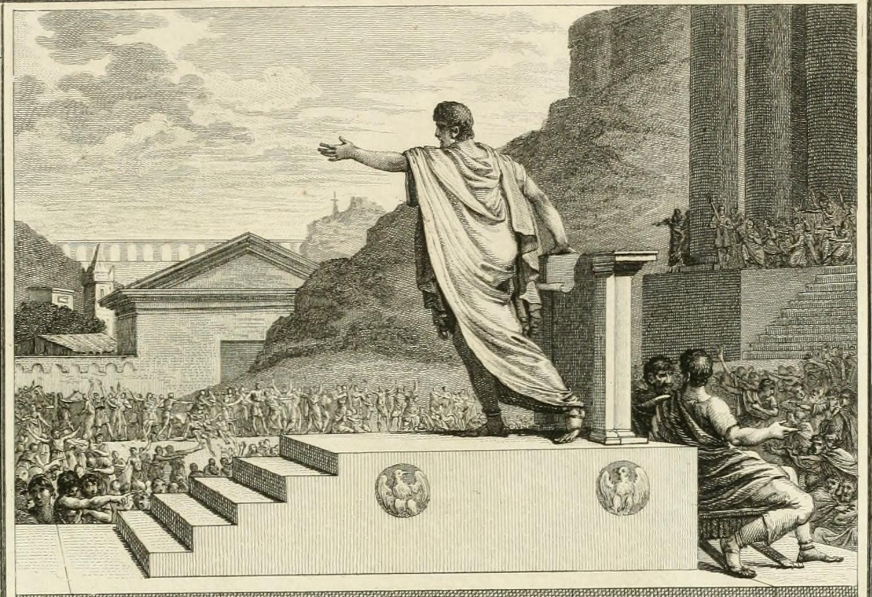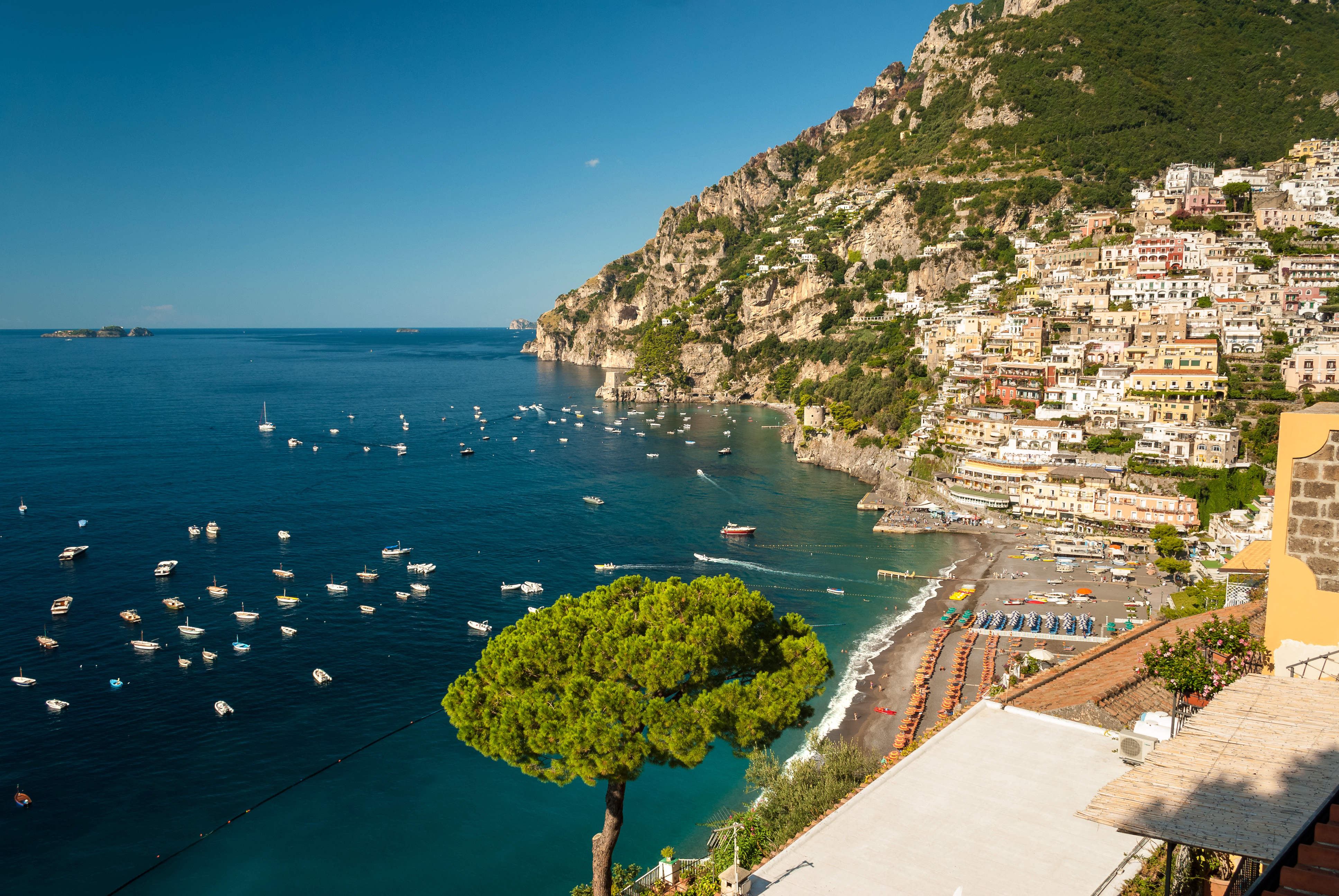|
Crossing Of The Rubicon
The phrase "crossing the Rubicon" is an idiom that means "passing a point of no return". Its meaning comes from allusion to the crossing of the river Rubicon by Julius Caesar in early January 49 BC. The exact date is unknown. Scholars usually place it on the night of 10 and 11 January, based on speeds at which messengers could travel at that time. His crossing of the river precipitated Caesar's civil war, which ultimately led to Caesar's becoming dictator for life (''dictator perpetuo)''. Caesar had been appointed to a governorship over a region that ranged from southern Gaul to Illyricum. As his term of governorship ended, the Senate ordered him to disband his army and return to Rome. As it was illegal to bring armies into Italy (the northern border of which was marked by the river Rubicon) his crossing the river under arms amounted to insurrection, treason, and a declaration of war on the state. According to some authors, he uttered the phrase ''alea iacta est'' ("the ... [...More Info...] [...Related Items...] OR: [Wikipedia] [Google] [Baidu] |
Cisalpine Gaul
Cisalpine Gaul ( la, Gallia Cisalpina, also called ''Gallia Citerior'' or ''Gallia Togata'') was the part of Italy inhabited by Celts (Gauls) during the 4th and 3rd centuries BC. After its conquest by the Roman Republic in the 200s BC it was considered geographically part of Roman Italy but remained administratively separated until 42 BC. It was a Roman province from c. 81 BC until 42 BC, when it was ''de jure'' merged into Roman Italy as indicated in Caesar's unpublished acts (''Acta Caesaris''). Cisalpine means "on this side of the Alps" (from the perspective of the Romans), as opposed to Transalpine Gaul ("on the far side of the Alps"). Gallia Cisalpina was further subdivided into ''Gallia Cispadana'' and ''Gallia Transpadana'', i.e. its portions south and north of the Po River, respectively. The Roman province of the 1st century BC was bounded on the north and west by the Alps, in the south as far as Placentia by the river Po, and then by the Apennines and the river ... [...More Info...] [...Related Items...] OR: [Wikipedia] [Google] [Baidu] |
Roman Legion
The Roman legion ( la, legiō, ) was the largest military unit of the Roman army, composed of 5,200 infantry and 300 equites (cavalry) in the period of the Roman Republic (509 BC–27 BC) and of 5,600 infantry and 200 auxilia in the period of the Roman Empire (27 BC – AD 476). Size The size of a typical legion varied throughout the history of ancient Rome, with complements ranging from 4,200 legionaries and 300 equites (drawn from the wealthier classes – in early Rome all troops provided their own equipment) in the Republican period of Rome (the infantry were split into 10 cohorts each of four maniples of 120 legionaries), to 4,800 legionaries (in 10 cohorts of 6 centuries of 80 legionaries) during Caesar's age, to 5,280 men plus 120 auxiliaries in the Imperial period (split into 10 cohorts, nine of 480 men each, with the first cohort being double-strength at 960 men). It should be noted the above numbers are typical field strengths while "paper strength" was sli ... [...More Info...] [...Related Items...] OR: [Wikipedia] [Google] [Baidu] |
Praetor
Praetor ( , ), also pretor, was the title granted by the government of Ancient Rome to a man acting in one of two official capacities: (i) the commander of an army, and (ii) as an elected '' magistratus'' (magistrate), assigned to discharge various duties. The functions of the magistracy, the ''praetura'' (praetorship), are described by the adjective: the ''praetoria potestas'' (praetorian power), the ''praetorium imperium'' (praetorian authority), and the ''praetorium ius'' (praetorian law), the legal precedents established by the ''praetores'' (praetors). ''Praetorium'', as a substantive, denoted the location from which the praetor exercised his authority, either the headquarters of his '' castra'', the courthouse (tribunal) of his judiciary, or the city hall of his provincial governorship. History of the title The status of the ''praetor'' in the early republic is unclear. The traditional account from Livy claims that the praetorship was created by the Sextian-Licinian Rogatio ... [...More Info...] [...Related Items...] OR: [Wikipedia] [Google] [Baidu] |
Roman Consul
A consul held the highest elected political office of the Roman Republic ( to 27 BC), and ancient Romans considered the consulship the second-highest level of the ''cursus honorum'' (an ascending sequence of public offices to which politicians aspired) after that of the censor. Each year, the Centuriate Assembly elected two consuls to serve jointly for a one-year term. The consuls alternated in holding '' fasces'' – taking turns leading – each month when both were in Rome and a consul's ''imperium'' extended over Rome and all its provinces. There were two consuls in order to create a check on the power of any individual citizen in accordance with the republican belief that the powers of the former kings of Rome should be spread out into multiple offices. To that end, each consul could veto the actions of the other consul. After the establishment of the Empire (27 BC), the consuls became mere symbolic representatives of Rome's republican heritage and held very little ... [...More Info...] [...Related Items...] OR: [Wikipedia] [Google] [Baidu] |
Roman Magistrate
The Roman magistrates were elected officials in Ancient Rome. During the period of the Roman Kingdom, the King of Rome was the principal executive magistrate.Abbott, 8 His power, in practice, was absolute. He was the chief priest, lawgiver, judge, and the sole commander of the army.Abbott, 8Abbott, 15 When the king died, his power reverted to the Roman Senate, which then chose an Interrex to facilitate the election of a new king. During the transition from monarchy to republic, the constitutional balance of power shifted from the executive (the Roman king) to the Roman Senate. When the Roman Republic was founded in 509 BC, the powers that had been held by the king were transferred to the Roman consuls, of which two were to be elected each year. Magistrates of the republic were elected by the people of Rome, and were each vested with a degree of power called "major powers" (''maior potestas'').Abbott, 151 Dictators had more "major powers" than any other magistrate, and after the ... [...More Info...] [...Related Items...] OR: [Wikipedia] [Google] [Baidu] |
Roman Law
Roman law is the law, legal system of ancient Rome, including the legal developments spanning over a thousand years of jurisprudence, from the Twelve Tables (c. 449 BC), to the ''Corpus Juris Civilis'' (AD 529) ordered by Eastern Roman emperor Justinian I. Roman law forms the basic framework for Civil law (legal system), civil law, the most widely used legal system today, and the terms are sometimes used synonymously. The historical importance of Roman law is reflected by the continued use of List of legal Latin terms, Latin legal terminology in many legal systems influenced by it, including common law. After the dissolution of the Western Roman Empire, the Roman law remained in effect in the Eastern Roman Empire. From the 7th century onward, the legal language in the East was Greek. ''Roman law'' also denoted the legal system applied in most of Western Europe until the end of the 18th century. In Germany, Roman law practice remained in place longer under the Holy Roman Empire ( ... [...More Info...] [...Related Items...] OR: [Wikipedia] [Google] [Baidu] |
Roman Army
The Roman army (Latin: ) was the armed forces deployed by the Romans throughout the duration of Ancient Rome, from the Roman Kingdom (c. 500 BC) to the Roman Republic (500–31 BC) and the Roman Empire (31 BC–395 AD), and its medieval continuation, the Eastern Roman Empire. It is thus a term that may span approximately 2,205 years (753 BC–1453 AD), during which the Roman armed forces underwent numerous permutations in size, composition, organisation, equipment and tactics, while conserving a core of lasting traditions. Historical overview Early Roman army (c. 500 BC to c. 300 BC) The early Roman army was the armed forces of the Roman Kingdom and of the early Roman Republic. During this period, when warfare chiefly consisted of small-scale plundering raids, it has been suggested that the army followed Etruscan or Greek models of organisation and equipment. The early Roman army was based on an annual levy. The army consisted of 3,000 infantrymen and 300 cavalrymen, all of ... [...More Info...] [...Related Items...] OR: [Wikipedia] [Google] [Baidu] |
Imperium
In ancient Rome, ''imperium'' was a form of authority held by a citizen to control a military or governmental entity. It is distinct from ''auctoritas'' and ''potestas'', different and generally inferior types of power in the Roman Republic and Empire. One's ''imperium'' could be over a specific military unit, or it could be over a province or territory. Individuals given such power were referred to as curule magistrates or promagistrates. These included the curule aedile, the praetor, the consul, the magister equitum, and the dictator. In a general sense, ''imperium'' was the scope of someone's power, and could include anything, such as public office, commerce, political influence, or wealth. Ancient Rome ''Imperium'' originally meant absolute or kingly power—the word being derived from the Latin verb ''imperare'' (to command)—which became somewhat limited under the Republic by the collegiality of the republican magistrates and the right of appeal, or ''provocatio'', ... [...More Info...] [...Related Items...] OR: [Wikipedia] [Google] [Baidu] |
Promagistrate
In ancient Rome a promagistrate ( la, pro magistratu) was an ex-consul or ex-praetor whose ''imperium'' (the power to command an army) was extended at the end of his annual term of office or later. They were called proconsuls and propraetors. This was an innovation created during the Roman Republic. Initially it was intended to provide additional military commanders to support the armies of the consuls (the two annually elected heads of the Republic and its army) or to lead an additional army. With the acquisitions of territories outside Italy which were annexed as provinces, proconsuls and propraetors became provincial governors or administrators. A third type of promagistrate were the proquaestors. History The first type of promagistrate was the proconsul. In the early days of the Roman Republic, when Roman territory was small, Rome had only two Roman legion, legions, each commanded by one of the two consuls. Rome was continually under attack by neighboring peoples (the Etruscan ... [...More Info...] [...Related Items...] OR: [Wikipedia] [Google] [Baidu] |
Tyrrhenian Sea
The Tyrrhenian Sea (; it, Mar Tirreno , french: Mer Tyrrhénienne , sc, Mare Tirrenu, co, Mari Tirrenu, scn, Mari Tirrenu, nap, Mare Tirreno) is part of the Mediterranean Sea off the western coast of Italy. It is named for the Tyrrhenian people identified with the Etruscans of Italy. Geography The sea is bounded by the islands of Corsica and Sardinia (to the west), the Italian Peninsula (regions of Tuscany, Lazio, Campania, Basilicata, and Calabria) to the north and east, and the island of Sicily (to the south). The Tyrrhenian Sea also includes a number of smaller islands like Capri, Elba, Ischia, and Ustica. The maximum depth of the sea is . The Tyrrhenian Sea is situated near where the African and Eurasian Plates meet; therefore mountain chains and active volcanoes such as Mount Marsili are found in its depths. The eight Aeolian Islands and Ustica are located in the southern part of the sea, north of Sicily. Extent The International Hydrographic Organization define ... [...More Info...] [...Related Items...] OR: [Wikipedia] [Google] [Baidu] |




